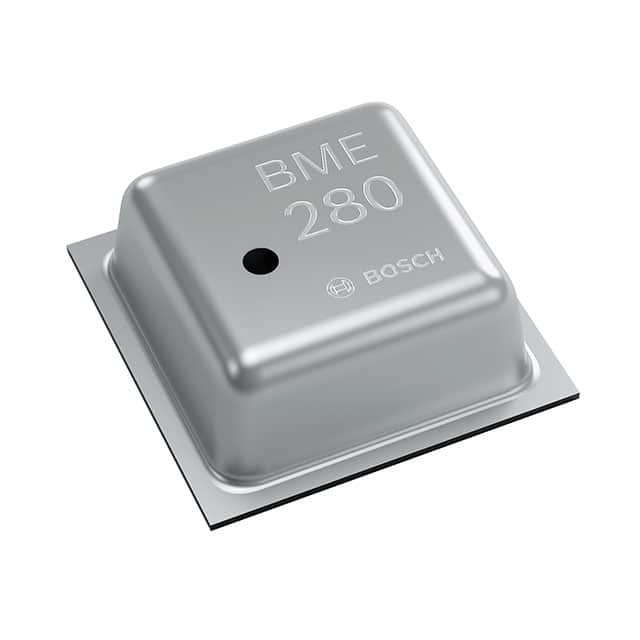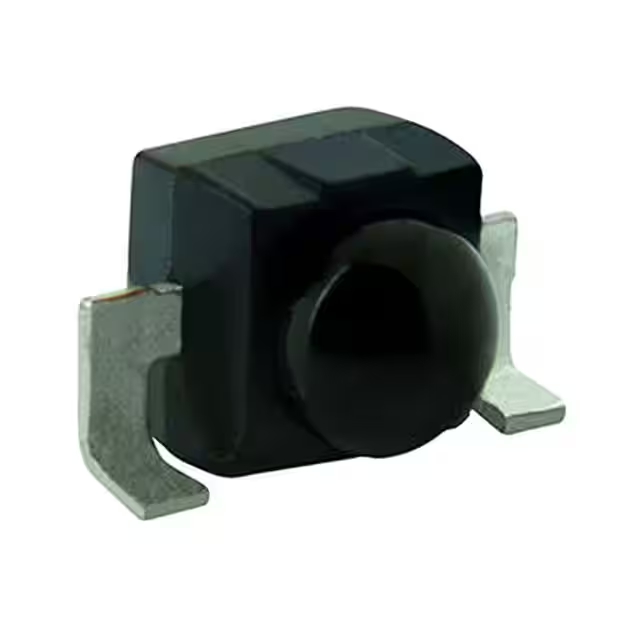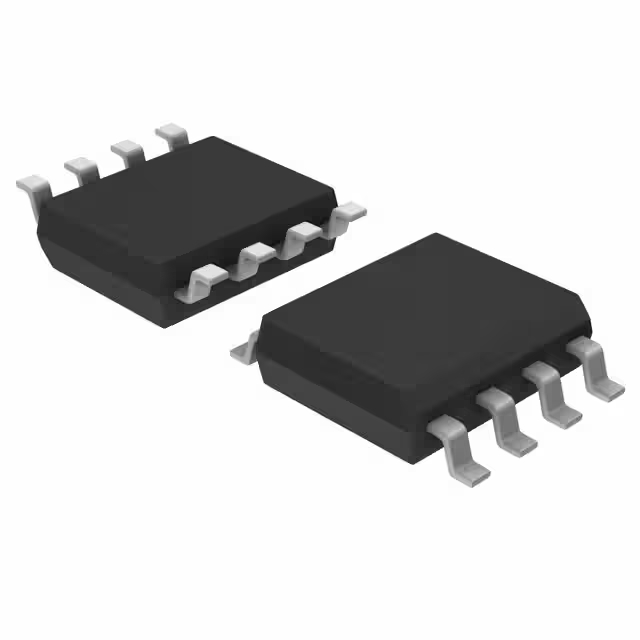BME280 vs BMP280, Pressure Temperature and Humidity Sensor
- Sensor Type: Humidity, Pressure, Temperature
- Output Type: I²C, SPI
- Output: 16b
- Package: 8-VFLGA

FREE delivery for orders over HK$250.00

Quick response, quick quotaton

Flash shipment,no worries after sales

Original channel,guarantee of the authentic products
Key Features of the BME280
The BME280 is a compact, high-precision sensor designed to measure temperature, humidity, and pressure. It is perfect for applications in weather stations, home automation, and environmental monitoring. With its I2C and SPI interfaces, the BME280 easily integrates into a variety of microcontroller-based projects. This sensor offers a wide range of accuracy, with a temperature measurement range from -40°C to 85°C, and a pressure range from 300 hPa to 1100 hPa. Its low power consumption makes it ideal for battery-powered devices. Whether you’re building a smart home system or developing an outdoor sensor, the BME280 offers reliable, real-time environmental data in a small, easy-to-use package.
BME280 Pinout
| Pin Number | Pin Name | Description |
|---|---|---|
| 1 | VDD | Power supply pin. Connect to a 3.3V or 5V source for operation. |
| 2 | GND | Ground pin. Connect to the system ground. |
| 3 | SCL | Clock pin for I2C communication. Connect to the clock pin of the microcontroller. |
| 4 | SDA | Data pin for I2C communication. Connect to the data pin of the microcontroller. |
| 5 | CSB | Chip select pin for SPI communication (optional, used in SPI mode). |
| 6 | SDI | Data input pin for SPI communication (optional, used in SPI mode). |
| 7 | SDO | Data output pin for SPI communication (optional, used in SPI mode). |
| 8 | INT | Interrupt pin. Used to indicate specific events like measurement completion (optional). |
Pinout Usage and Notes
The BME280 sensor can be connected via either I2C or SPI. For I2C communication, connect the SCL and SDA pins to the corresponding clock and data pins on the microcontroller. If using SPI, you will need to connect the CSB, SDI, and SDO pins, along with the clock pin. The VDD and GND pins are essential for powering the sensor and ensuring proper grounding. The INT pin is optional, but it can be used to trigger specific actions, like when a measurement is ready. Make sure to choose the appropriate communication protocol (I2C or SPI) based on your project needs.
BME280 Equivalent Models
| Model | Measurement Type | Power Supply | Communication Interface | Accuracy | Package Type | Application |
|---|---|---|---|---|---|---|
| BME280 | Temperature, Humidity, Pressure | 3.3V or 5V | I2C, SPI | ±1°C, ±3% RH, ±1 hPa | LGA-6 | Environmental monitoring, IoT |
| BMP280 | Temperature, Pressure | 3.3V or 5V | I2C, SPI | ±1°C, ±1 hPa | LGA-6 | Weather stations, barometers |
| SHT30 | Temperature, Humidity | 3.3V | I2C | ±0.3°C, ±3% RH | DFN-6 | Home automation, weather sensors |
| HTU21D | Temperature, Humidity | 3.3V | I2C | ±0.3°C, ±2% RH | DFN-6 | Environmental monitoring |
Equivalent Models Usage and Notes
If you need a replacement for the BME280, models like the BMP280, SHT30, and HTU21D offer similar functionalities, with slight differences in measurements. The BMP280 provides temperature and pressure measurements but lacks humidity sensing, making it a more focused alternative for applications like barometers. The SHT30 and HTU21D offer great temperature and humidity measurements, but if pressure measurement is required, the BMP280 or BME280 would be the better choice. Always ensure that the communication interface (I2C or SPI) and power supply match your project’s requirements when choosing an alternative.
BME280 vs BMP280: Which Sensor is Right for You?
The BME280 and BMP280 are both popular environmental sensors, but they have different capabilities. The BME280 measures temperature, humidity, and pressure, making it perfect for more comprehensive weather and environmental monitoring. The BMP280, on the other hand, focuses only on temperature and pressure, so it’s a great choice for projects where humidity isn’t necessary, like barometric pressure measurements or altimeter applications.
When using the BME280 with an Arduino, there’s a dedicated BME280 Arduino library available, making integration smooth and easy. This library simplifies the process of reading data from the sensor and using it in your projects. Whether you’re working with weather stations, IoT devices, or home automation, both sensors are easy to implement, but if you need humidity data, the BME280 is the clear choice.
BME280 Circuit Diagram and Analysis
The BME280 is a compact sensor that measures temperature, humidity, and pressure. It’s commonly used in weather stations, environmental monitoring systems, and IoT applications. The sensor communicates via I²C or SPI protocols, making it versatile for various projects.
Typical Circuit Diagram
Here’s a basic schematic for connecting the BME280 to an Arduino using the I²C interface:
Circuit Analysis
-
Power Supply (VDD): The BME280 operates at 3.3V. Ensure your power supply matches this requirement to avoid damaging the sensor.
-
Ground (GND): Connect the GND pin to the common ground of your circuit.
-
I²C Communication:
-
SDA (Data Line): Connect to the SDA pin on your Arduino (typically A4 on an Uno).
-
SCL (Clock Line): Connect to the SCL pin on your Arduino (typically A5 on an Uno).
-
-
Pull-up Resistors: It’s recommended to use 4.7kΩ pull-up resistors on both the SDA and SCL lines to ensure proper I²C communication.
-
CSB Pin: For I²C mode, connect the CSB pin to VDDIO. This disables SPI mode and enables I²C mode.
-
SDO Pin: This pin is used to set the I²C address. Connect it to GND for the default address (0x76) or to VDDIO for an alternative address (0x77).
Important Notes
-
Voltage Compatibility: The BME280 operates at 3.3V logic levels. If you’re using a 5V microcontroller like the Arduino Uno, ensure that the I²C lines are properly level-shifted to prevent damage to the sensor.
-
Capacitors: Place a 100nF capacitor close to the VDD and GND pins of the sensor to stabilize the power supply and reduce noise.
-
Address Conflicts: If multiple I²C devices are used, ensure that each device has a unique address. The BME280’s address can be selected via the SDO pin.
For more detailed information, refer to the BME280 datasheet.










